Why Shimla & Ooty Were Never Meant for Holidays — But as Climate Escapes From Colonial Life
In the 1800s, summers in India’s plains could be brutal — heavy heat, high humidity, and no real escape. British officials, wrapped in stiff uniforms and gasping under the sun, knew they couldn’t change the weather.
So, they did the next best thing: they climbed above it.
That’s how the hill station came to be — not as a holiday spot, but as a kind of lifeline. These misty, cool towns high up in the mountains were built out of medical need, longing for familiar climates, and the sheer desire to breathe easier.
From Darjeeling’s crisp air to Landour’s silence, these places might look scenic, but they were built with purpose. Designed to heal, comfort, and cool. Let’s explore five such towns that still carry the traces of that legacy.
1. Darjeeling
In the 1830s, British officials in Bengal were desperate for a break from the heat and humidity. The answer lay 6,000 feet up — in a patch of land leased from the rulers of Sikkim. One officer described the air there as “a climate as fine as any in Europe.”
From sanatorium to station
Darjeeling started out as a recovery centre for sick soldiers sent up from the plains. The cool, crisp mountain air was seen as medicine — something that could ease fevers and help people breathe easier.
But it didn’t stay quiet for long. Soon, schools, churches, clubs, and even army barracks appeared, turning Darjeeling into a full-fledged colonial outpost.
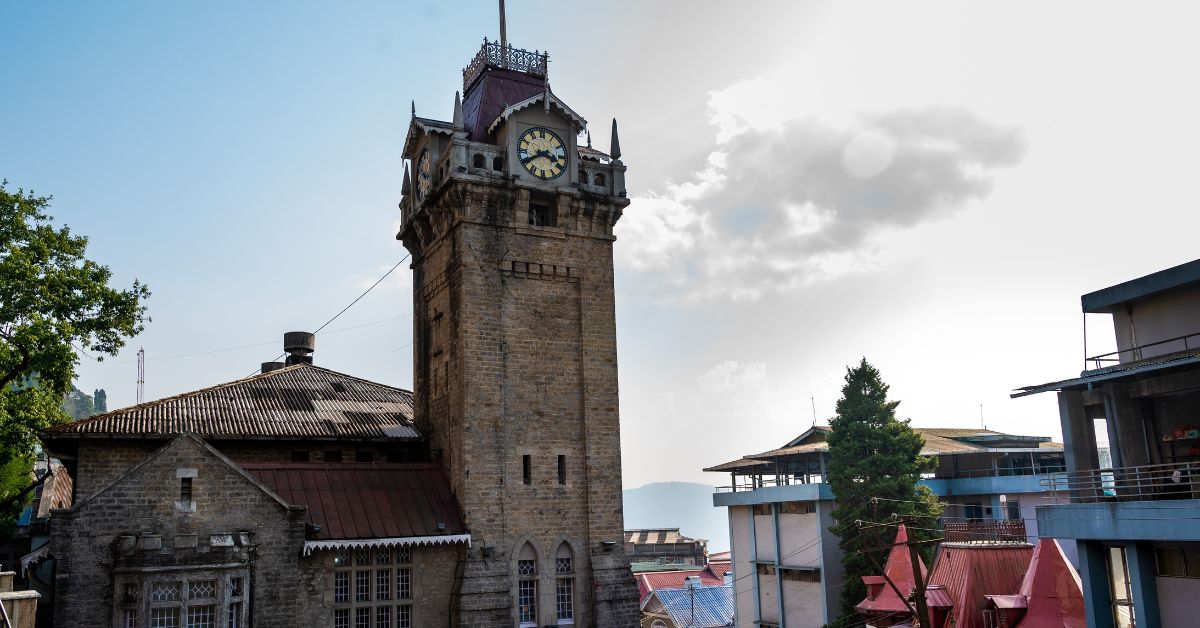 Darjeeling, often termed as the ‘Queen of Hills’, is known for its incredible colonial architecture. Picture source: Shutterstock
Darjeeling, often termed as the ‘Queen of Hills’, is known for its incredible colonial architecture. Picture source: Shutterstock
Designing for the hills
Homes weren’t built for show — they were built to help people cope. Sloping roofs kept out the rain. Thick stone walls held in warmth. Wide verandahs gave space to sit and take in the misty air. And yes, even fireplaces were set up — because once the sun went down, the chill set in.
A sip of legacy
In the 1840s, a British botanist named Robert Fortune smuggled tea plants from China and planted them here. The climate was perfect. By the late 1800s, tea estates covered the slopes, and Darjeeling had found a new identity.
The toy train arrived in 1881, and one officer wrote after the journey: “I arrived after six hours of being bounced about, but the first lungful of mountain air was worth every jolt.”
2. Landour
The quiet cousin to Mussoorie, Landour was never built for crowds. It was made for healing. Established in the 1820s as a recovery centre for British soldiers, it offered something rarer than entertainment — rest. While Mussoorie grew loud and lively, Landour stayed hushed and convalescent.
A town to heal in
At over 7,000 feet, Landour’s dry, clean air was considered ideal for respiratory recovery. As one soldier wrote in a letter to his mother, it was “a place to breathe again.” Town planners leaned into that — creating walking loops, long quiet paths, and placing Landour well away from busy markets and traffic.
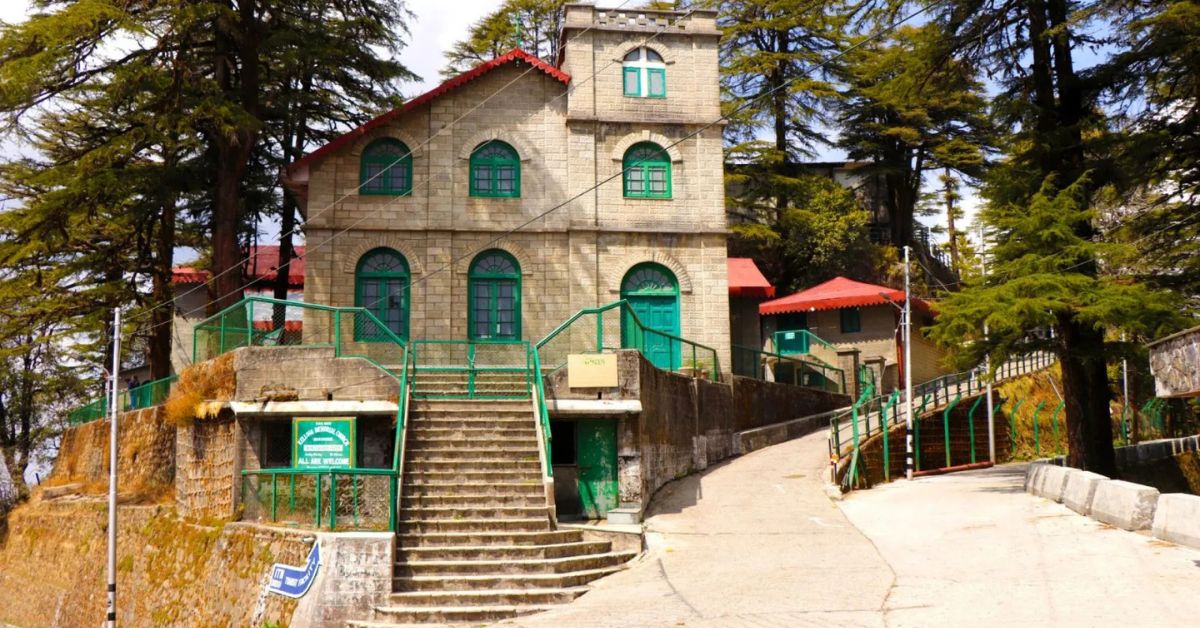 The Landour Loop is a beloved morning trail. Picture source: Mysterious Himachal
The Landour Loop is a beloved morning trail. Picture source: Mysterious Himachal
A home away from home
The cottages here were built from stone and deodar wood, with wide verandahs for sunning and tin roofs sloped to let rain slide off. Many homes were given nostalgic names — ‘Rosebank’, ‘Silver Oak’ — to comfort settlers who missed their faraway homes.
Legacy of the loop
Even now, the Landour Loop is a beloved morning trail. Names like Sister’s Bazaar and Lal Tibba still linger, offering gentle reminders of a slower, softer pace of life.
3. Ooty
In 1821, John Sullivan, then the Collector of Coimbatore, climbed into the Nilgiris and was spellbound. “It is impossible to imagine a more beautiful spot,” he wrote. That spark of admiration laid the foundation for what would soon become the Queen of Hill Stations.
A colonial experiment
Sullivan built the first European-style bungalow — Stone House — and began encouraging others to settle. What started as a personal escape grew into a township of barracks, gardens, churches, and homes, all adapted to the cool climate.
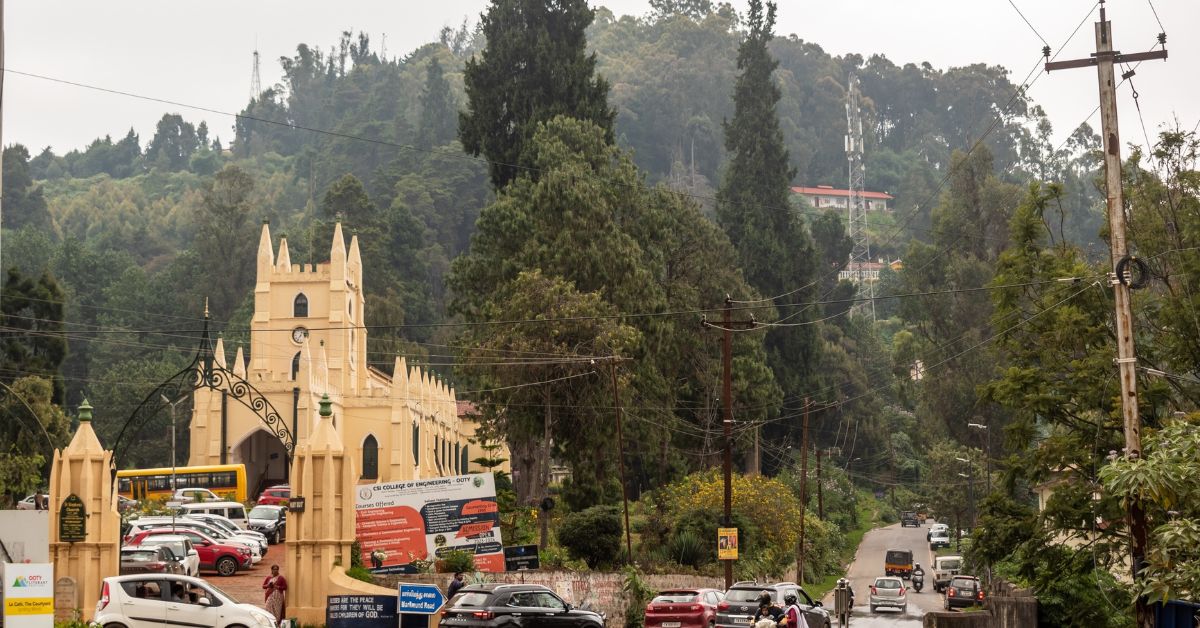 Founded as a British Raj summer resort, Ooty still retains a working steam railway line. Picture source: Shutterstock
Founded as a British Raj summer resort, Ooty still retains a working steam railway line. Picture source: Shutterstock
Design that lasted
British homes in Ooty were made to weather the weather. Thick laterite walls helped retain heat. Red-tiled roofs let the rain run off. Verandahs and lawns became essential — meant to be comfortable — and also to impress.
From vegetables to strawberries
To make it feel more like home, the British introduced crops like cabbage, carrots, and potatoes. By the late 1800s, even strawberries had found their place in Ooty’s soil. The Government Botanical Garden, established in 1848, became a centre for science — and a popular social hangout.
4. Shimla
At 7,100 feet, Shimla wasn’t only cool — it was also where power gathered. In 1864, it was named the summer capital of British India. For several months each year, the colonial administration shifted from Calcutta to this pine-scented ridge in the Himalayas.
The heart of hill governance
Every summer, the Viceroy and his team packed up and moved to Shimla. Meetings, policies, and paperwork continued — but against a backdrop of hills and fresh air. It wasn’t a break, but it was a better place to work.
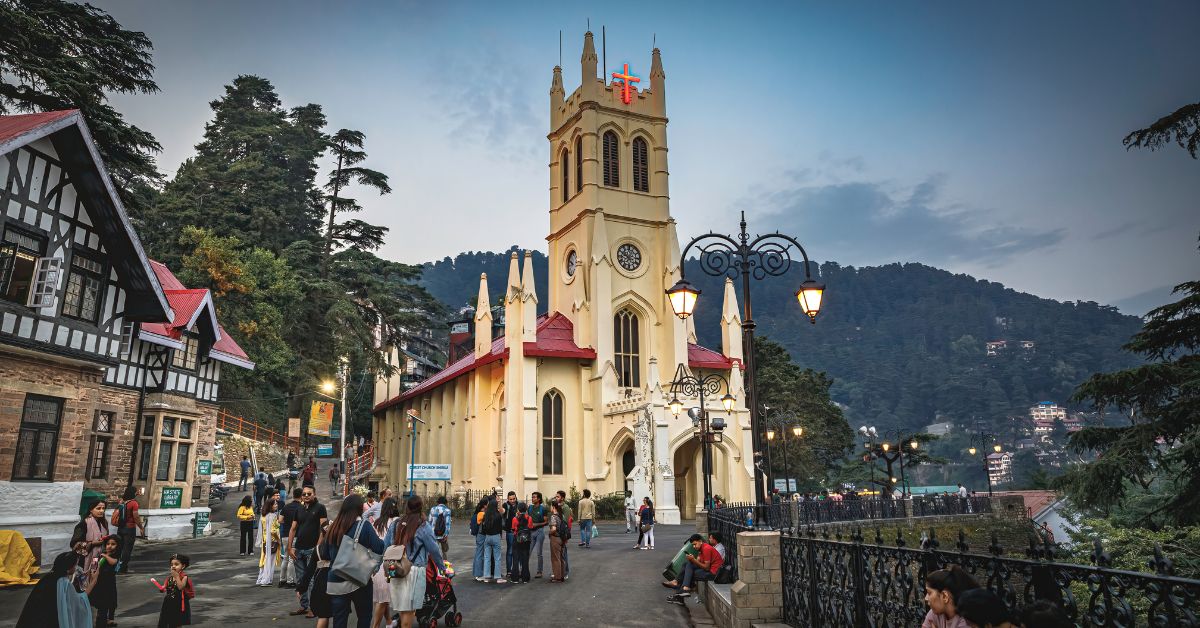 Once the summer capital of British India, Shimla remains the terminus of the narrow-gauge Kalka-Shimla Railway. Picture source: Shutterstock
Once the summer capital of British India, Shimla remains the terminus of the narrow-gauge Kalka-Shimla Railway. Picture source: Shutterstock
Architecture for altitude
Shimla looked and felt different from the plains. Tudor-style homes, Gothic churches, and the grand Viceregal Lodge (built in 1888) brought English architecture to Himalayan soil. Tall ceilings, wide windows, and thick masonry kept the interiors comfortable.
Still standing strong
Much of what the British built is still standing — not only for how it looks, but for how it works with the weather. Mall Road, designed for walking, remains car-free. In its design, Shimla was oddly ahead of its time.
5. Mahabaleshwar
Set at 4,400 feet in the Sahyadris, Mahabaleshwar became the go-to escape for officials from Bombay. Though not as high as its northern cousins, its steady breeze and lush greenery made it just as welcome.
Nature-first design
Homes here had to handle serious rain. So they were made from thick stone, with overhanging roofs and strong drainage. Wide porches let people enjoy the outdoors without getting soaked — and also kept homes cooler.
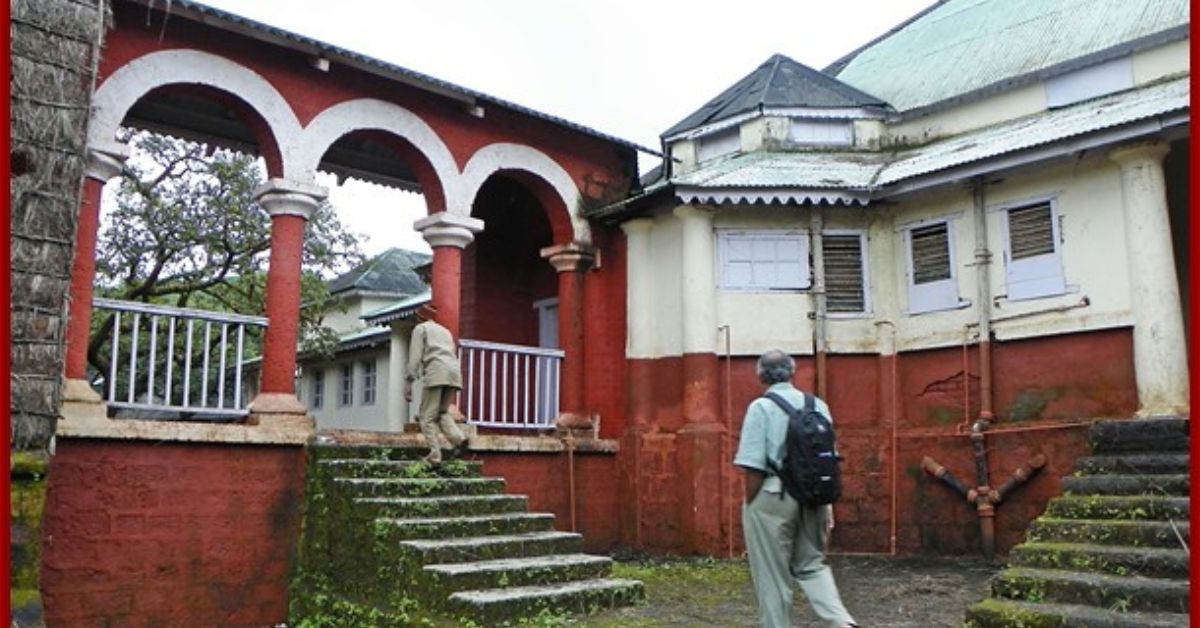 The Governor’s House in Mahabaleshwar is a classic example of colonial architecture in Mahabaleshwar. Picture source: Flickr
The Governor’s House in Mahabaleshwar is a classic example of colonial architecture in Mahabaleshwar. Picture source: Flickr
Leisure with a view
Wilson Point and other lookouts were more than just viewpoints — they were carefully placed to catch the sunrise and the breeze. They doubled as smart design elements, not just leisure spots.
Strawberries in the mist
British settlers brought strawberries here, and they stayed. Even today, Mahabaleshwar is known for its strawberry farms — a sweet reminder of how some colonial experiments took on a life of their own.
Edited by Khushi Arora
##QA-TP1##
News